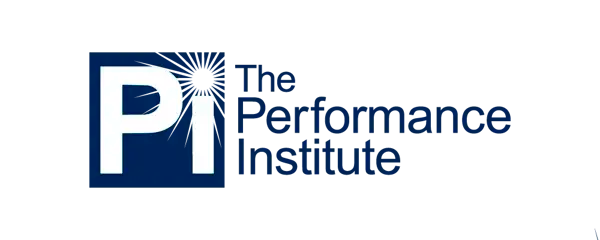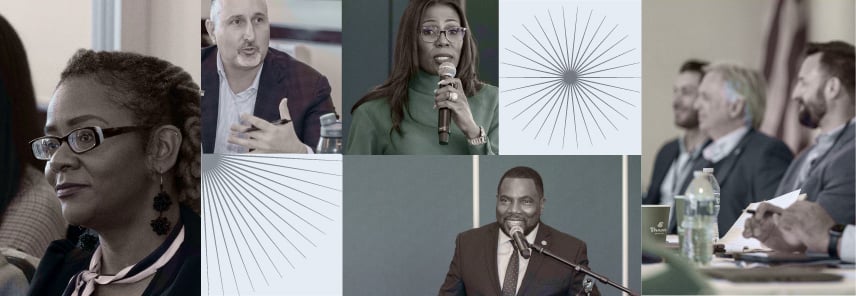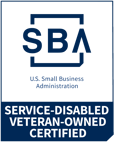Implicit bias plays a significant role in organizational dynamics, often leading to challenges in diversity, equity, and inclusion (DEI) efforts. This blog explores the impact of implicit bias on leadership and presents strategies to build a culture of equity. We will delve into two key components: Awareness and Choice.
Awareness: Fueling Fires or Forward Progress
Implicit biases are inherent in all of us and affect our perceptions and decisions. While it's not our fault to have biases, it is our responsibility to address them.
- Visual vs. Comprehensive Diversity: Visual diversity alone, like hiring people from different backgrounds, doesn't necessarily create equity. Understanding the complexity of an individual's identity, including factors like race, ethnicity, culture, ability, gender, and more, is crucial.
- Implicit Bias is Universal: Implicit bias isn't limited to "bad" people. It's a result of how our brains work. It's about the info we fill in when encountering others, based on our learned assumptions.
- Redirecting Bias: Instead of attempting to eliminate implicit bias, it's more effective to redirect it by using new information and awareness to shift these biases.
- Cultural Equity: Implicit bias is often the catalyst for issues in five key areas: People, Processes, Policies, Production, and Profit. Cultural equity is about creating a workplace where everyone feels safe and can thrive.
Choice: Repairing Harm and Building Belonging
Diversity is a fact, but equity, inclusion, and belonging are choices we make in our actions. When biases lead to harm, it's essential to know how to repair relationships and rebuild trust.
- Acknowledging Impact, Not Intent: When harm occurs, it's vital to focus on the impact rather than intent. Understanding that harm can result from bias, regardless of intention, is a crucial mindset shift.
- Repair Framework: To repair harm, follow this framework: Apologize for the harm, thank the person for their patience, commitment to making a specific repair, and ask if they're open to something.
- Requests for Repair: Depending on your relationship and trust level, your request can be light or more involved. It can involve seeking clarity, asking for support, or simply checking in one-on-one.
Implicit bias is a challenge that impacts every organization, but it's not insurmountable. By increasing awareness and choosing to address biases, leaders can create a culture of equity, inclusion, and belonging. The responsibility lies with each of us to recognize and redirect our biases, ultimately leading to more equitable and productive workplaces.
As you navigate your leadership journey, remember that tackling implicit bias isn't just a moral imperative—it's a strategic one. Organizations that prioritize equity and inclusion benefit from diverse perspectives, higher employee engagement, and increased innovation. So, let's continue this journey towards a more equitable future, one choice at a time.
This blog is based on Episode 4 of our GovEd Talks Video series: Unbiased Your Leadership: How to Overcome Bias in the Workplace by Kemy Joseph, CEO & DEI Strategist at F.E.A.R.S Advantage.













